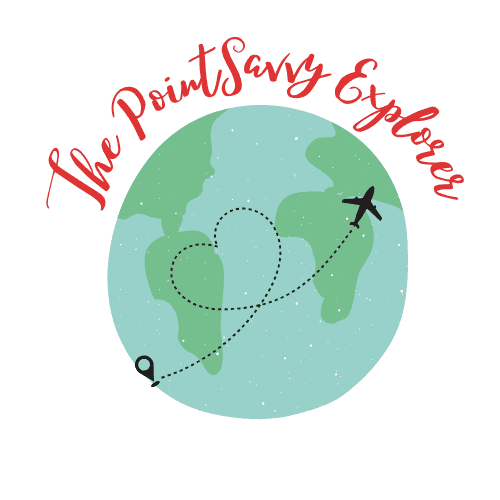| This post contains affiliate links. As an Amazon associate, I earn from qualifying purchases. |
I slept on a stranger’s couch during my first solo trip to Europe.
The trip was on a complete shoestring. I was 18 and saved money from my job as a food server in Iowa for a round-trip ticket to London.
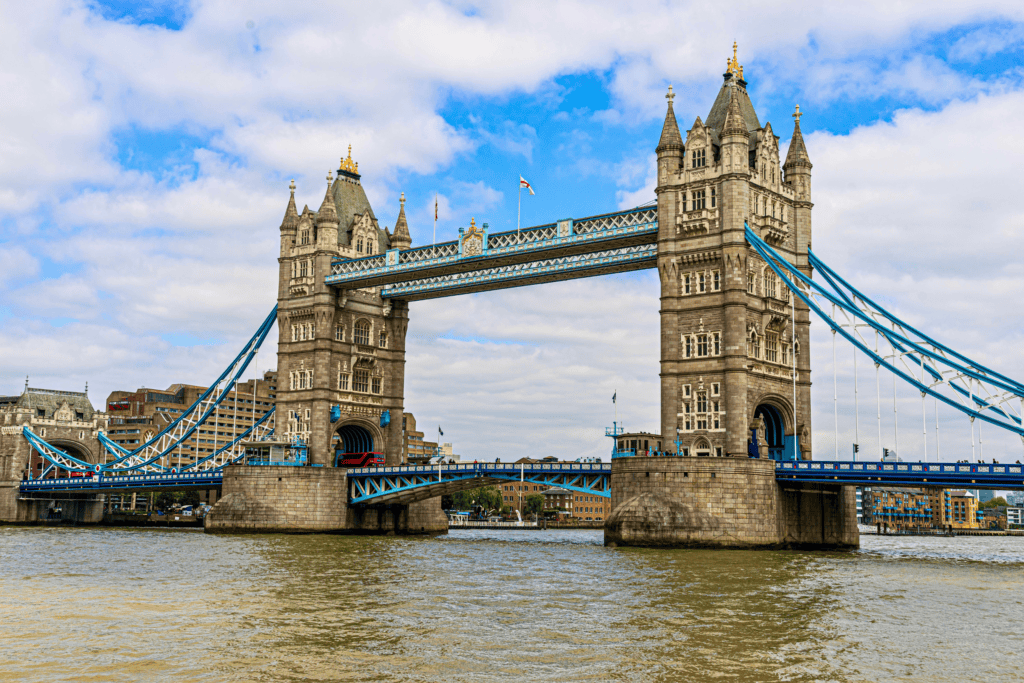
In London, I stayed in hostels, ate food from convenience stores, and even ended up staying with some very kind strangers I met on the London Tube to save money.
It worked out well, but I can’t recommend crashing with strangers as a travel strategy.
I have much better strategies to offer you now!
What to know
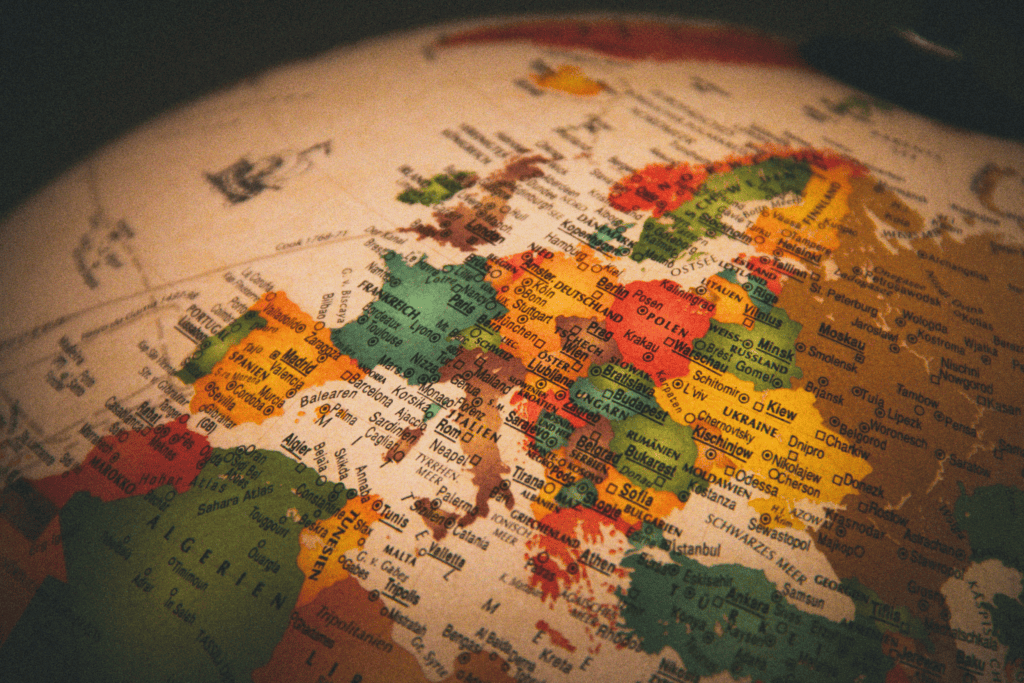
Europe is an incredible and diverse continent, with 50 countries and almost 200 languages spoken.
Just as a trip to Los Angeles will be different from a trip to a small town in the Midwest USA, you’ll have to consider your specific destinations, which will likely be different from one another.
Back then, I knew very little about what to expect. Here are some things you can keep in mind to make your trip easier than mine was.
Don’t bring cash
You don’t need to exchange US dollars for local currency. It’s easy to use credit cards for most purchases or to get cash from an ATM in Europe when you need it.
Your bank might charge a small fee (check ahead of time) but they will also give you a better exchange rate than a currency exchange business in Europe.
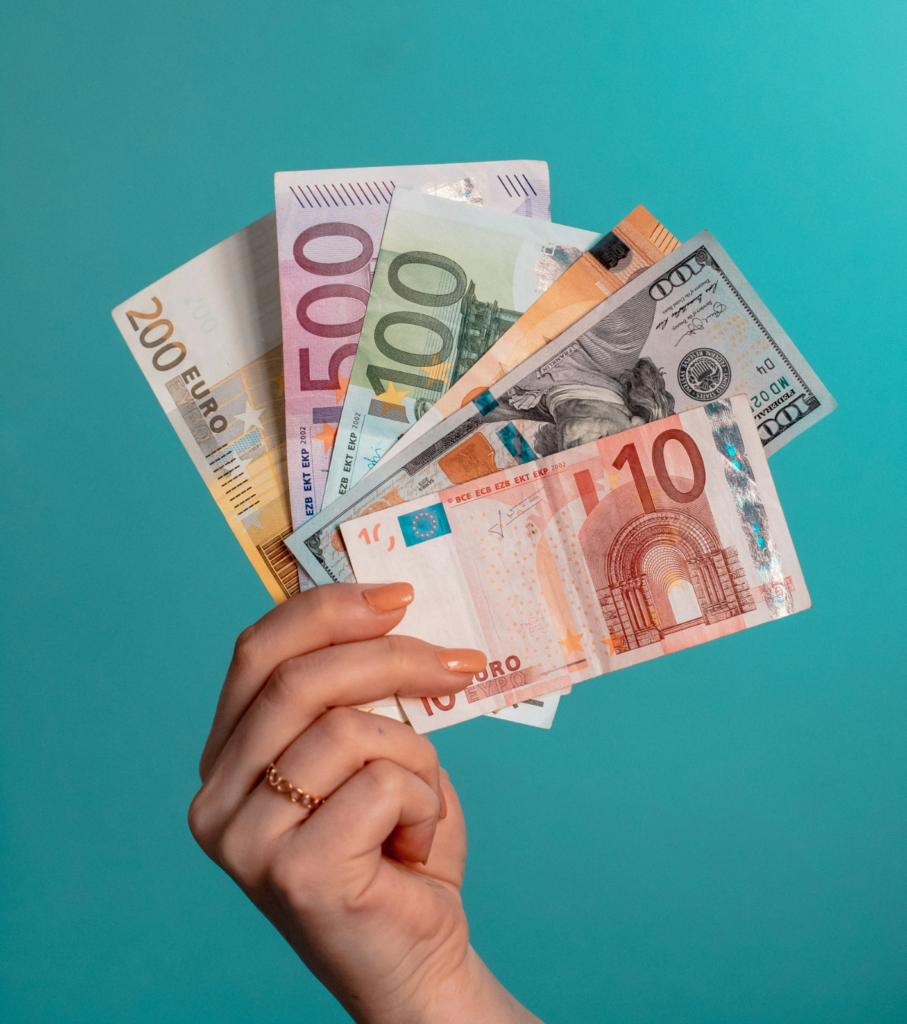
Bring a plug adapter
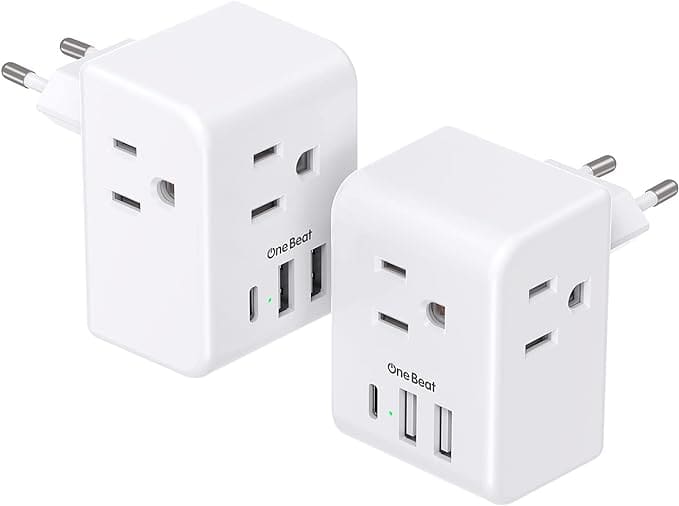
Europe’s outlets are different from the US. You’ll need an adapter to plug in your American electronics.
I really love these adapters since they fit multiple cords and have USB outlets.
If you’re traveling to the UK or Ireland get these instead. Their outlets are different from mainland Europe.
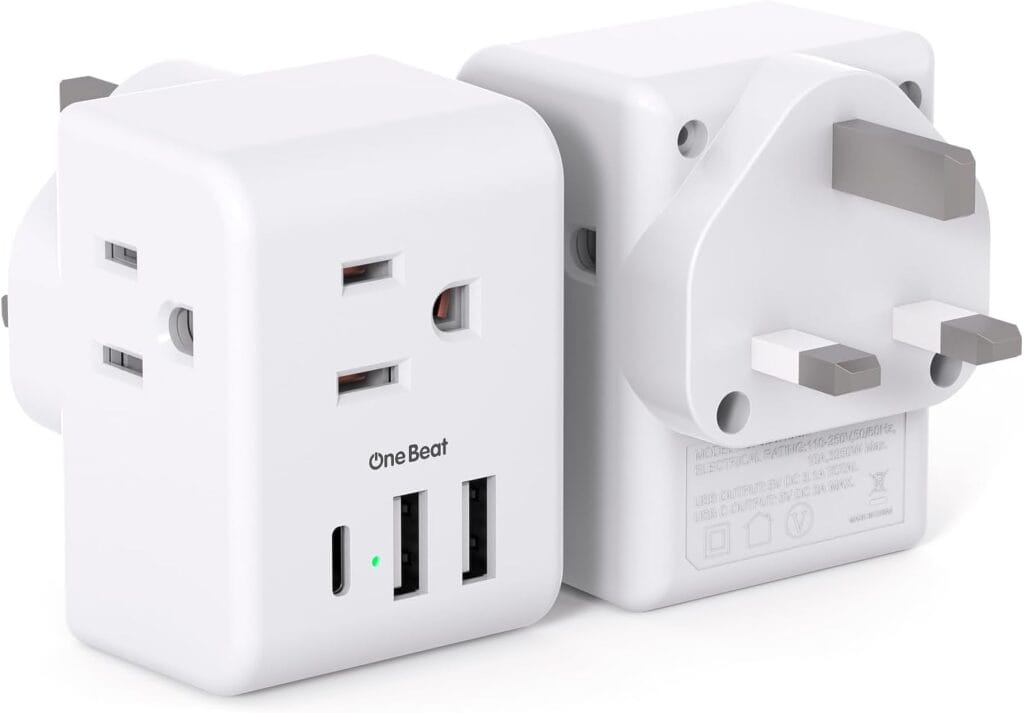
Make a plan for phone/data/texting
Make sure you understand your mobile phone company’s international plan. Many wireless carriers have plans for international travel. For example, Verizon charges $10/day.
If you’re unhappy with your carrier’s plan or are traveling with multiple people, you have a few options.
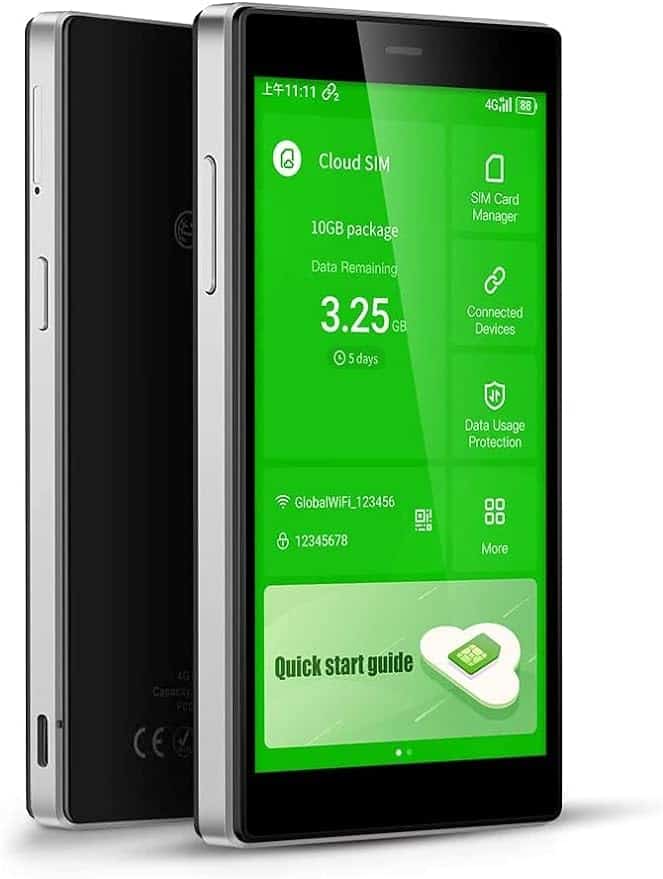
You can buy a satellite WiFi hotspot and connect to it to use data.
When we travel as a family, we all connect to the same hotspot, which saves us money.
You can buy a SIM card at your location and install it in your phone. You’ll have to make sure your phone isn’t locked though.
Get a credit card with no foreign transaction fees
Foreign transaction fees are a terrible surprise when you get your credit card statement about a month after your European getaway. Most credit cards charge 2-3% on every transaction you make in Europe! That can add a big expense to an already pricey endeavor.
Check to make sure that your credit card does not charge these fees. The Chase Sapphire Preferred is a great option to consider for zero foreign transaction fees and a fantastic sign-up bonus. Read more here.

Pack comfortable shoes
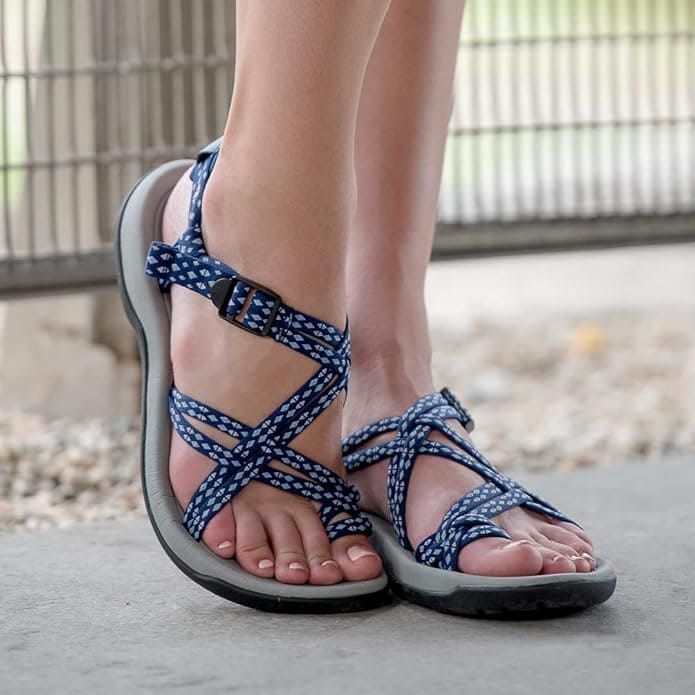
Most European cities are very pedestrian friendly. It’s likely you’ll spend more time walking from place to place than you do in the USA.
It’s typically very easy to get around with public transportation. Remember though that buses, metros, and trains all require walking, whether it’s to the station or changing trains. In general, it’s a level of activity that many Americans aren’t accustomed to.
Make sure that you have shoes that will hold up for increased walking. Even if these shoes are typically comfortable at the office, take them out for a long walk and see how you feel.
Traveling in the summer, I recommend getting comfortable walking sandals.
If you’re visiting in a cooler season, it’s a good idea to get some dressier, but still comfortable shoes like these.
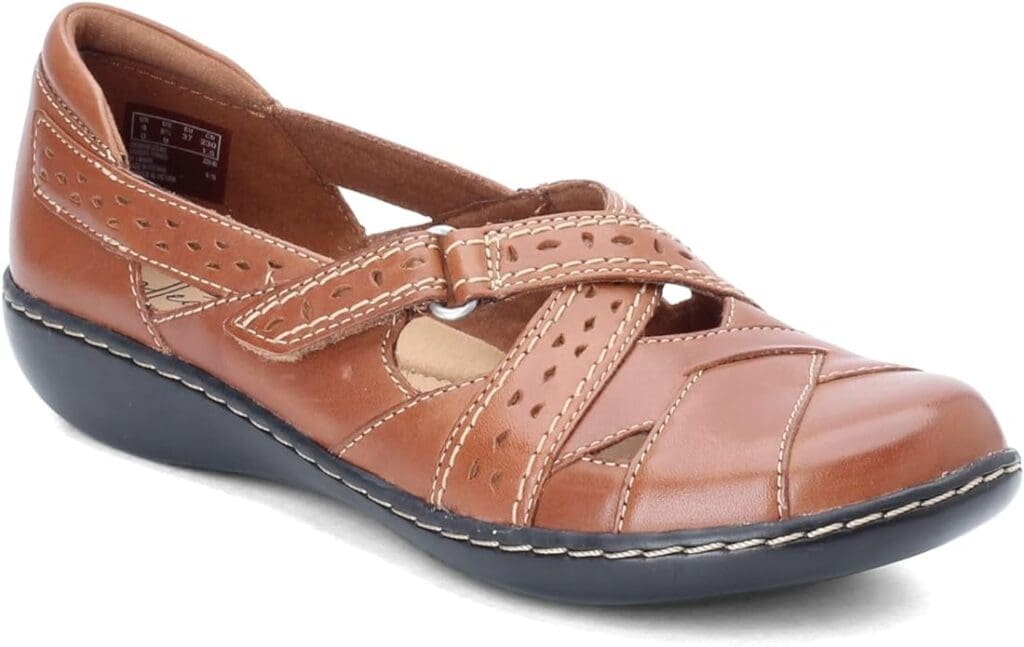
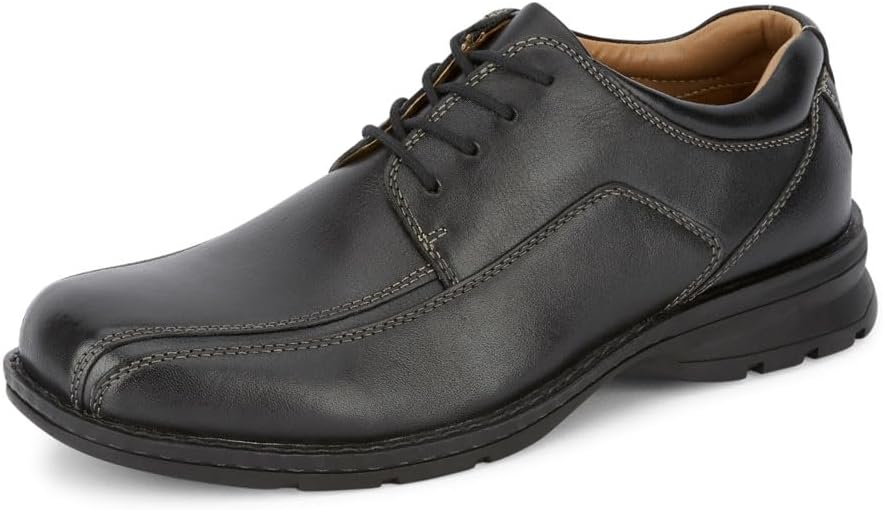
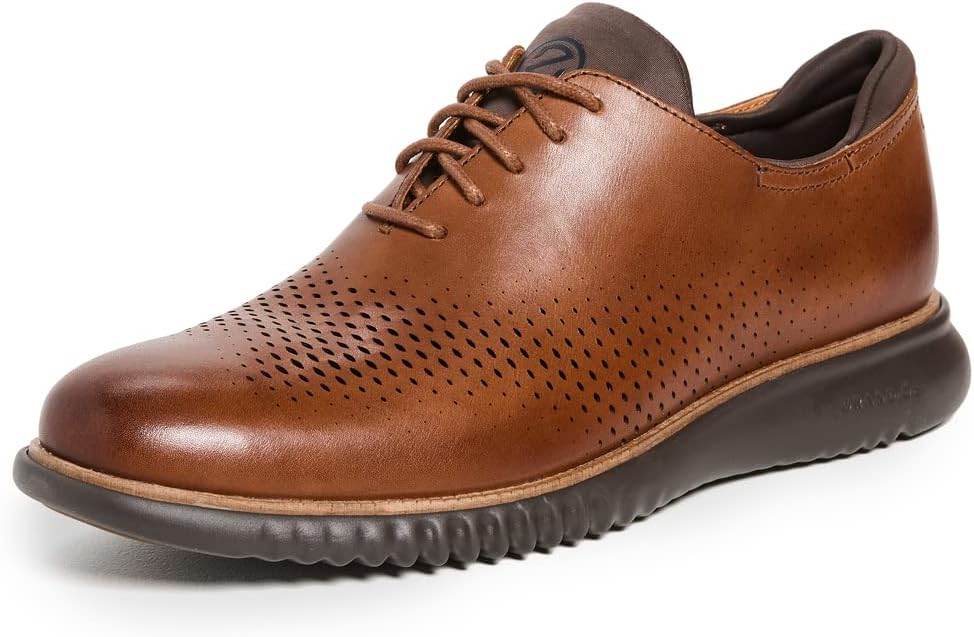
Book with points and miles
You can save money (and avoid sleeping on strangers’ couches!) by booking your flights and hotels using points and miles. You can read my getting started guide, my next steps guide, and my card for low spenders article for more information.
Download the apps you’ll need
Google Translate – This one is essential, unless you’re headed to an English speaking country. The app has so many helpful features. You can hover your phone over a menu or other text and the app will show the translation right on the screen. You can have someone speak into the app and it will provide a translation. You can also play your translation aloud, which comes in handy with taxi drivers and other situations where reading isn’t convenient.
Google Maps – I’ve found the Google Maps app to be more accurate in Europe than Apple maps. It’s helpful to have both to make sure you can get around.

XE Currency – Currency conversion apps help you know how much you’re spending if you’re traveling through multiple countries that don’t use the Euro.
Trainline – If you book your trains through Trainline, you can keep your mobile tickets right on your phone. It will also notify you of any delays or cancellations.
Metro or Subway app – Most major cities have an app to help you navigate their public transportation. For example, Madrid’s app is just called the Metro App. Look into the apps of whichever cities you’re visiting.
Check for A/C
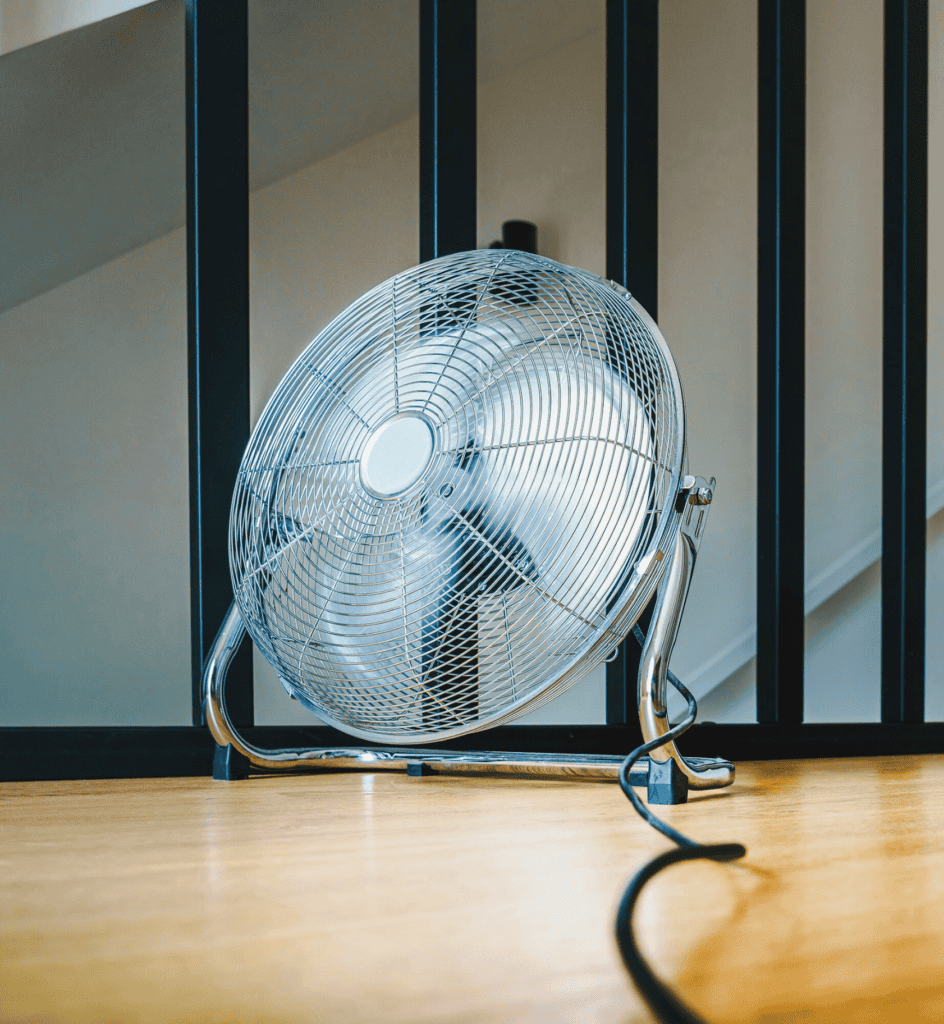
If you are traveling in the summer, don’t assume that your hotel or Airbnb will have air conditioning. If it’s important to you, be sure that you book a place that explicitly lists it.
In addition, air conditioning is less common in public spaces in Europe. When it’s present, it can sometimes feel like just a hint of a chill rather than the polar experience that greets you in many American grocery stores and airports.
Be sure to dress with this in mind.
Tipping culture will be different
If you’re American, you’re likely accustomed to leaving a 20% or higher tip for your server in a restaurant. In Europe, this is not necessary.
For most locations, a 10% tip is more than enough. Check into the tipping culture of your specific destination before leaving for your trip.
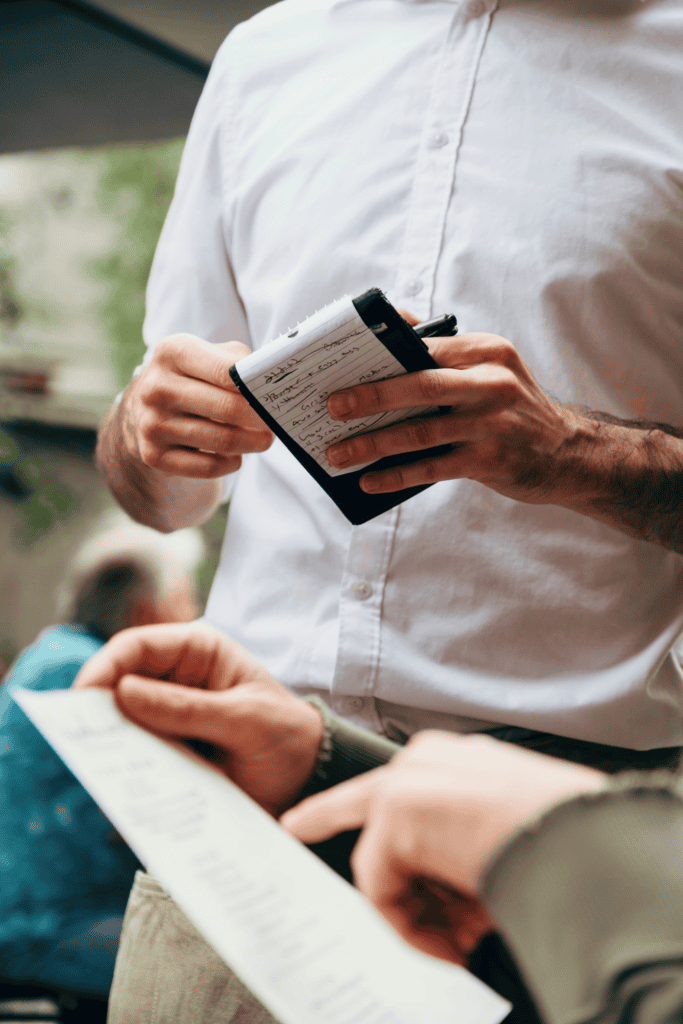
Water is not automatically served at restaurants
In the USA, the server typically brings waters to the table, then takes the beverage order. This isn’t the case in Europe. If you want water, you’ll need to order it and usually pay extra for it, since you’ll be ordering a bottle.
The good news about paying for water is that beverages like wine and beer are typically much less expensive in restaurants in Europe than in the USA. Paying 3 euros for a glass of wine in a restaurant is not unusual.
Mealtimes will be different
Depending on your destination, you may find the restaurants deserted at 6 pm. In Spain, for example, many people eat their evening meal between 9-11 pm. In Paris, it could be any time between 7:30-11:00 pm.

I like to eat when the local people are eating. It’s much more festive to be in a group of happy diners, than in a deserted restaurant.
You’ll find a washer, but maybe not a dryer
If you plan to stay in an Airbnb or VRBO, you can easily find an apartment with a washer, but dryers are not as common. Most apartments will have a drying rack or some kind of option for a place to dry your clothes. It usually works out fine, but it’s good to know ahead of time.
Travel light
I recommend traveling with only a small backpack and a carry-on suitcase, no matter the length of your trip. You’ll need to find laundry at some point, but you can either book an apartment with a washer or make some new friends at the local laundromat. Read more about our packing strategy. Hotel rooms are typically smaller than in the USA, so having minimal luggage will come in handy when moving around your room.
Final thoughts
Europe is easy to explore with fantastic public transportation, incredible history, natural beauty, and a diverse array of cultures. If you haven’t been to Europe yet and money is holding you back, consider looking into a travel credit card with a sign-up bonus to use toward your flights. Every time I’ve been to Europe has been an adventure. Go out there and get started!
